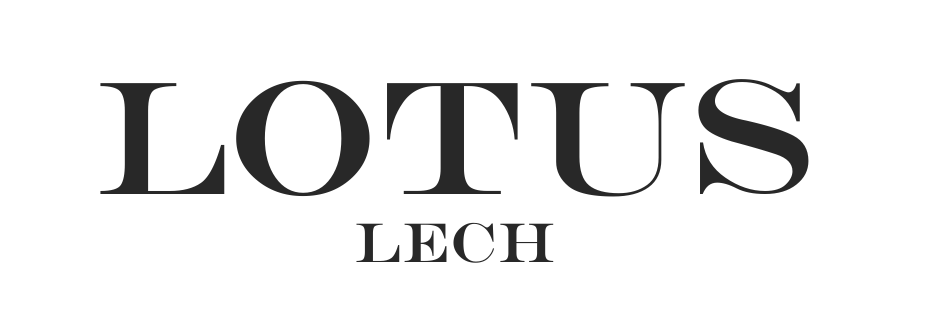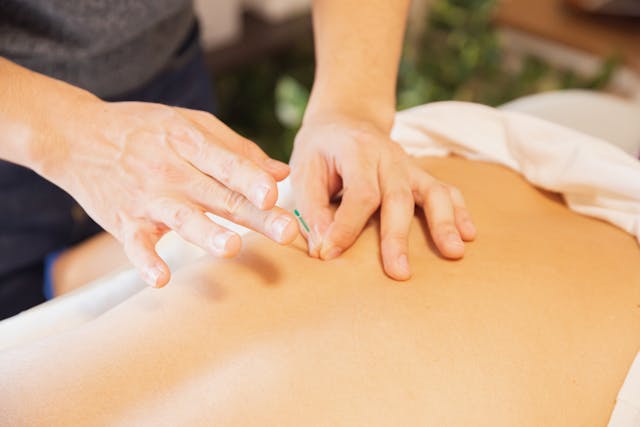Introduction to Dry Needling and Acupuncture
Dry needling and acupuncture are two therapeutic techniques that involve the use of needles to provide relief from various ailments and conditions. While they share some similarities, they are distinct practices with different methodologies and origins. Understanding the differences between these two can help individuals make informed decisions about which treatment might be best suited to their needs.
The Origins of Acupuncture
Acupuncture is a traditional Chinese medicine practice that dates back thousands of years. It is based on the concept of balancing the body’s energy flow, known as “Qi” (pronounced “chee”). Practitioners insert thin needles into specific superficial points on the skin to restore balance and promote healing. These points correspond with pathways known as meridians, which are thought to influence various bodily functions.
Philosophy Behind Acupuncture
Acupuncture stems harmony and balance within the body. When this balance is disrupted, it can lead to illness or discomfort. By targeting specific points, acupuncture aims to restore this balance, improve energy flow, and enhance overall well-being.
The Modern Approach of Dry Needling
Dry needling, on the other hand, is a more recent development in the field of physical therapy. It focuses primarily on musculoskeletal pain and dysfunction. It penetrates deeper into the skin than accupunture and involves inserting needles into myofascial trigger points, which are hyper-irritable spots in the muscle tissue.
Purpose and Technique of Dry Needling
The primary goal of dry needling is to relieve pain and improve movement by targeting these trigger points. The technique can help release tension, reduce pain, and improve range of motion. This practice is often used by physical therapists and other healthcare professionals as part of a comprehensive treatment plan.
Main Differences Between Dry Needling and Acupuncture
While both techniques use needles, there are several key differences between dry needling and acupuncture:
- Philosophy: Acupuncture is rooted in traditional Chinese medicine, while dry needling is based on modern Western medicine.
- Technique: Acupuncture targets specific points along meridians, whereas dry needling focuses on myofascial trigger points in muscle tissue. Dry needling focusses on the muscle layer while accupunture focusses on fascia layer of the body.
- Purpose: Acupuncture aims to balance the body’s energy flow, while dry needling primarily targets pain relief and muscle function.
Choosing the Right Treatment
Deciding between dry needling and acupuncture depends on individual needs and preferences. Those seeking a holistic approach to wellness might prefer acupuncture, while individuals focused on addressing specific musculoskeletal issues may benefit more from dry needling.
Conclusion
Both dry needling and acupuncture offer unique benefits and can be effective in treating various conditions. By understanding their differences, individuals can better evaluate which therapy might best address their specific health concerns. Consulting with healthcare professionals who are knowledgeable in these practices can also provide valuable guidance in making this decision.
Let us help you find the right solution for your problem and get pain free today!
Get in contact for more info.
Love,
Sam


